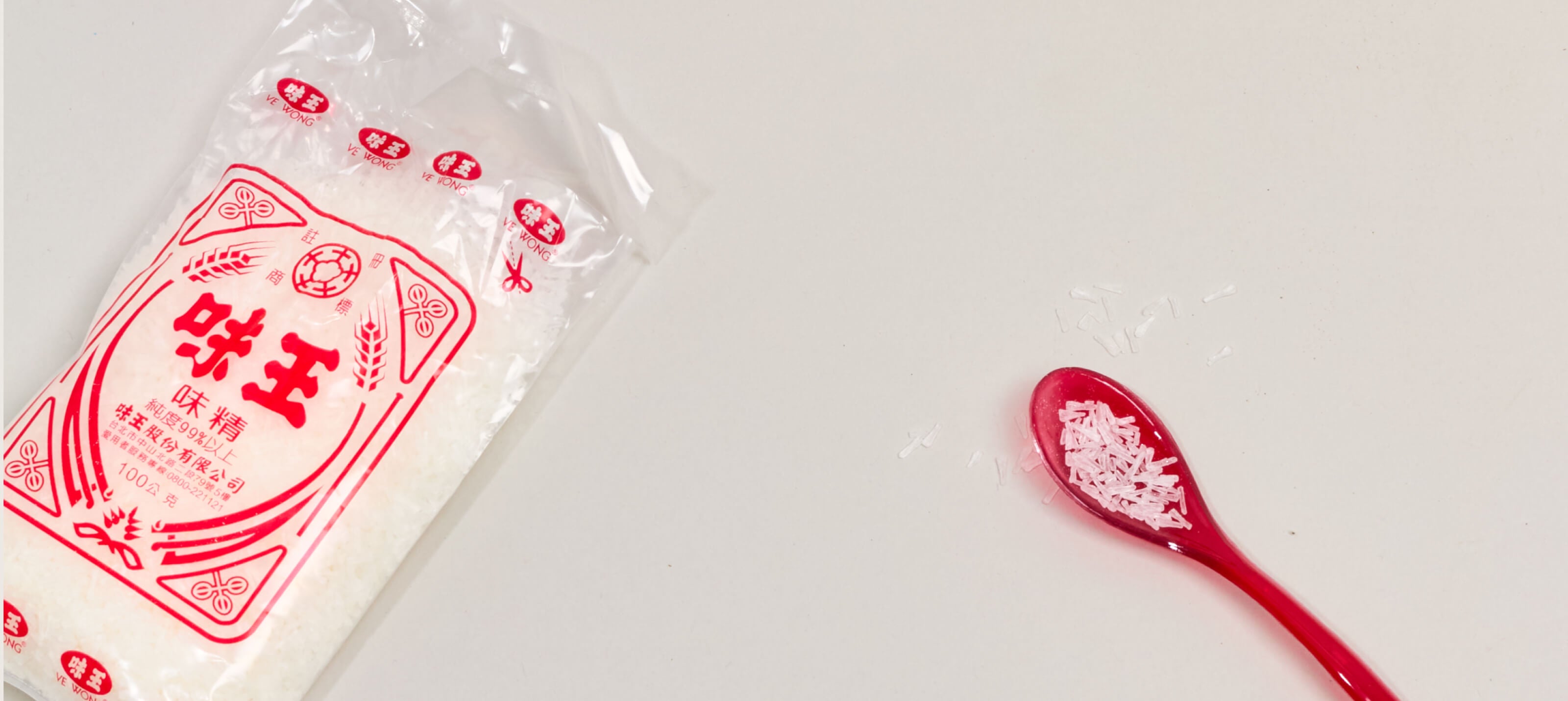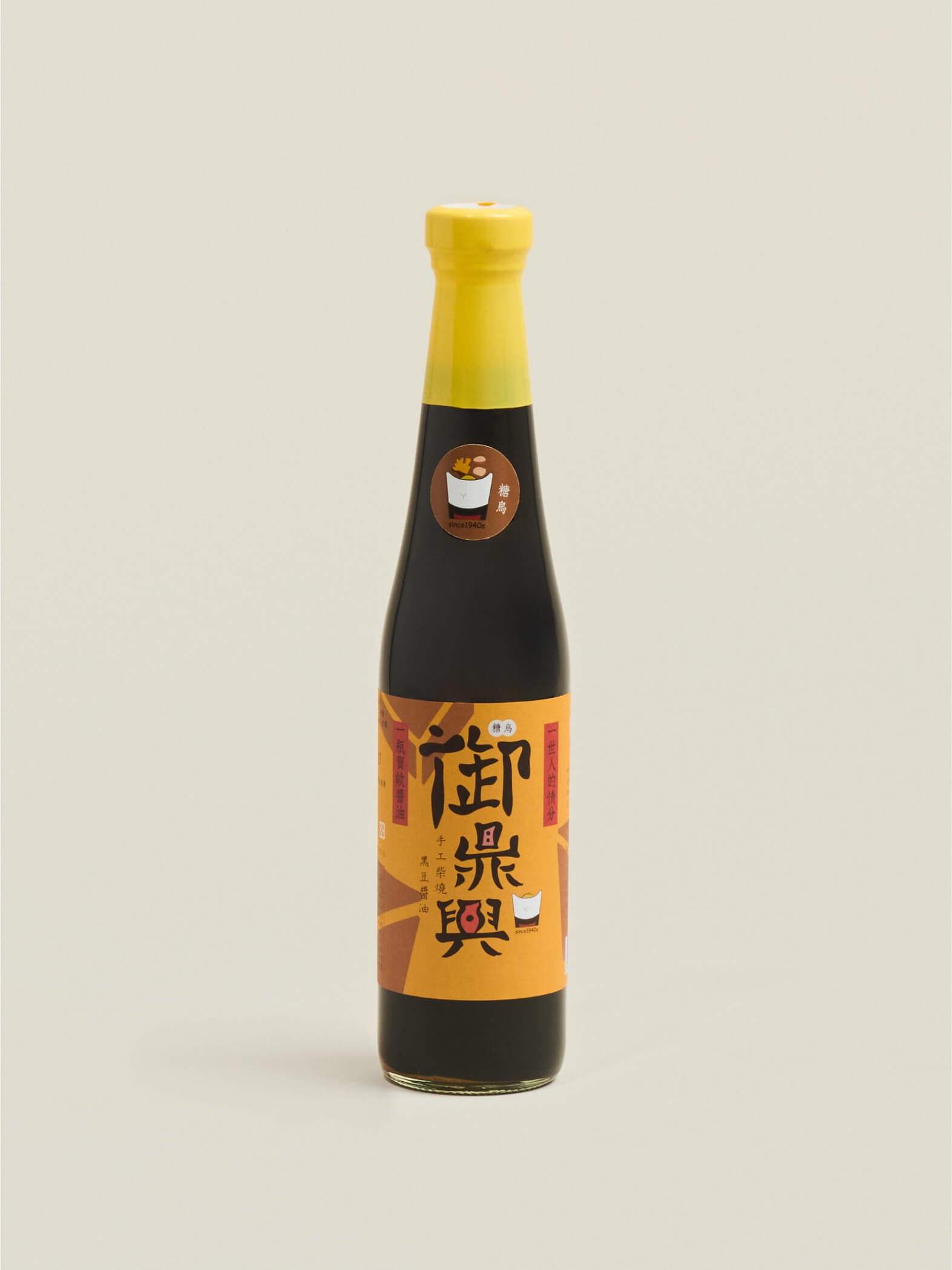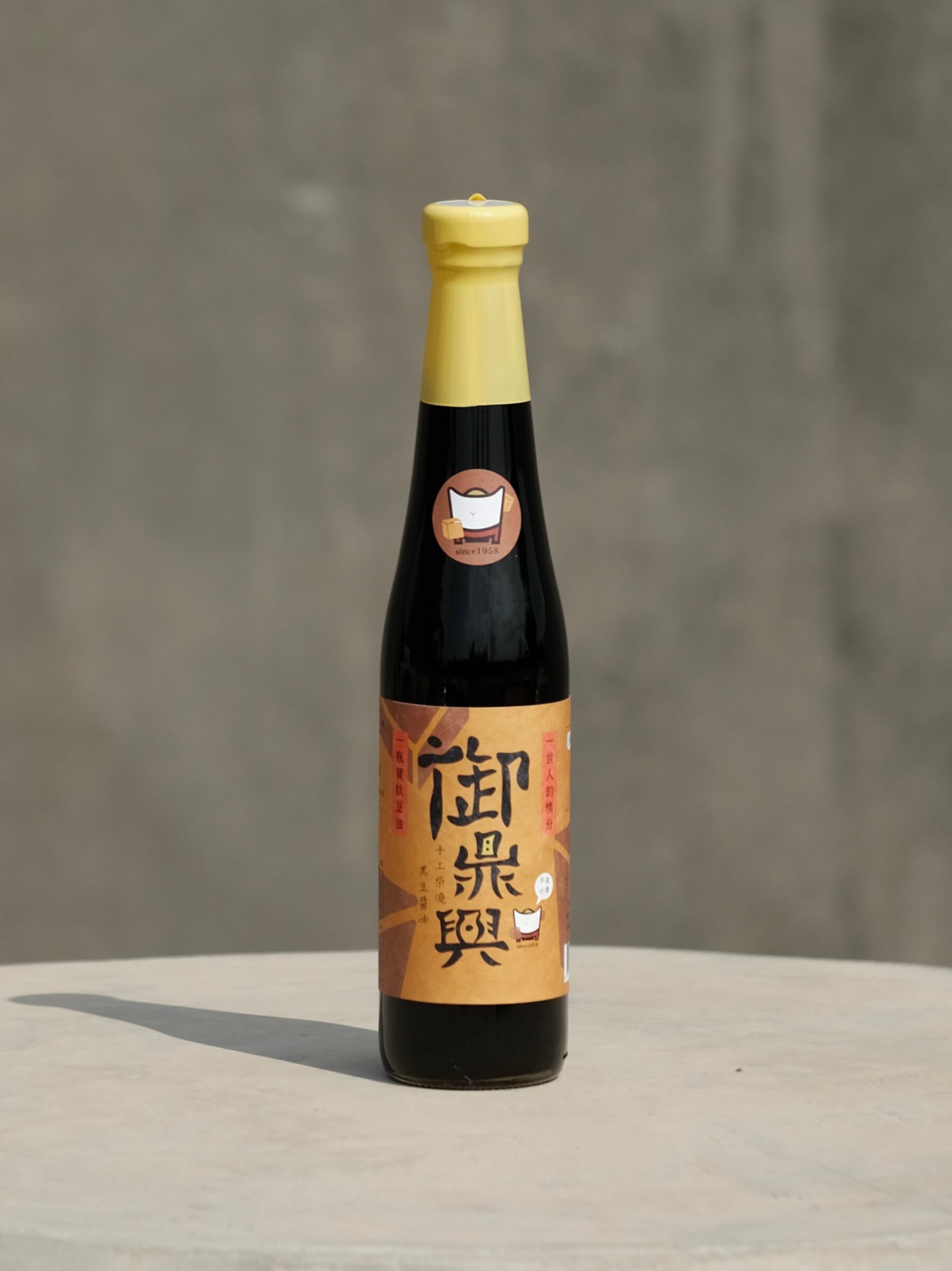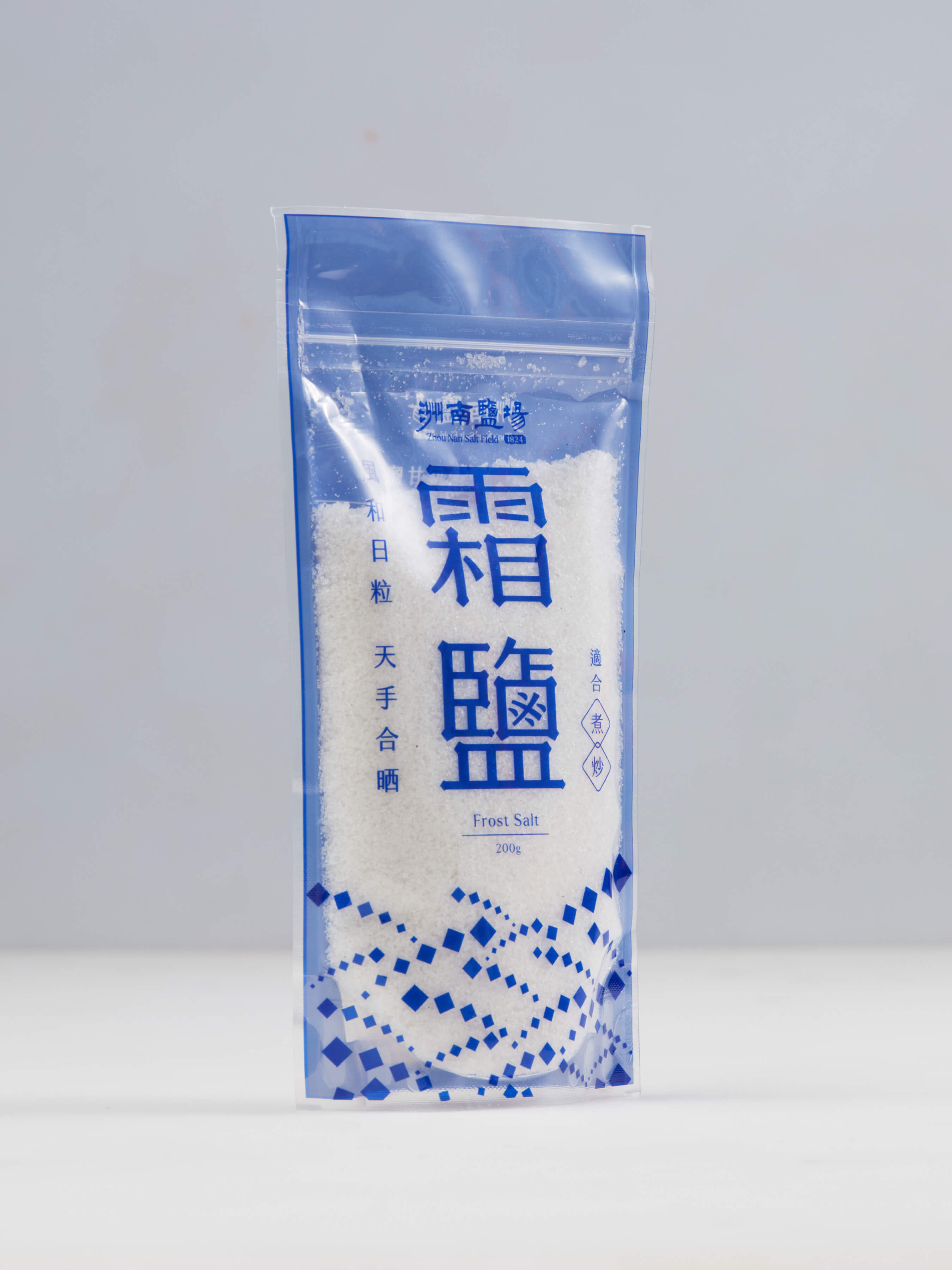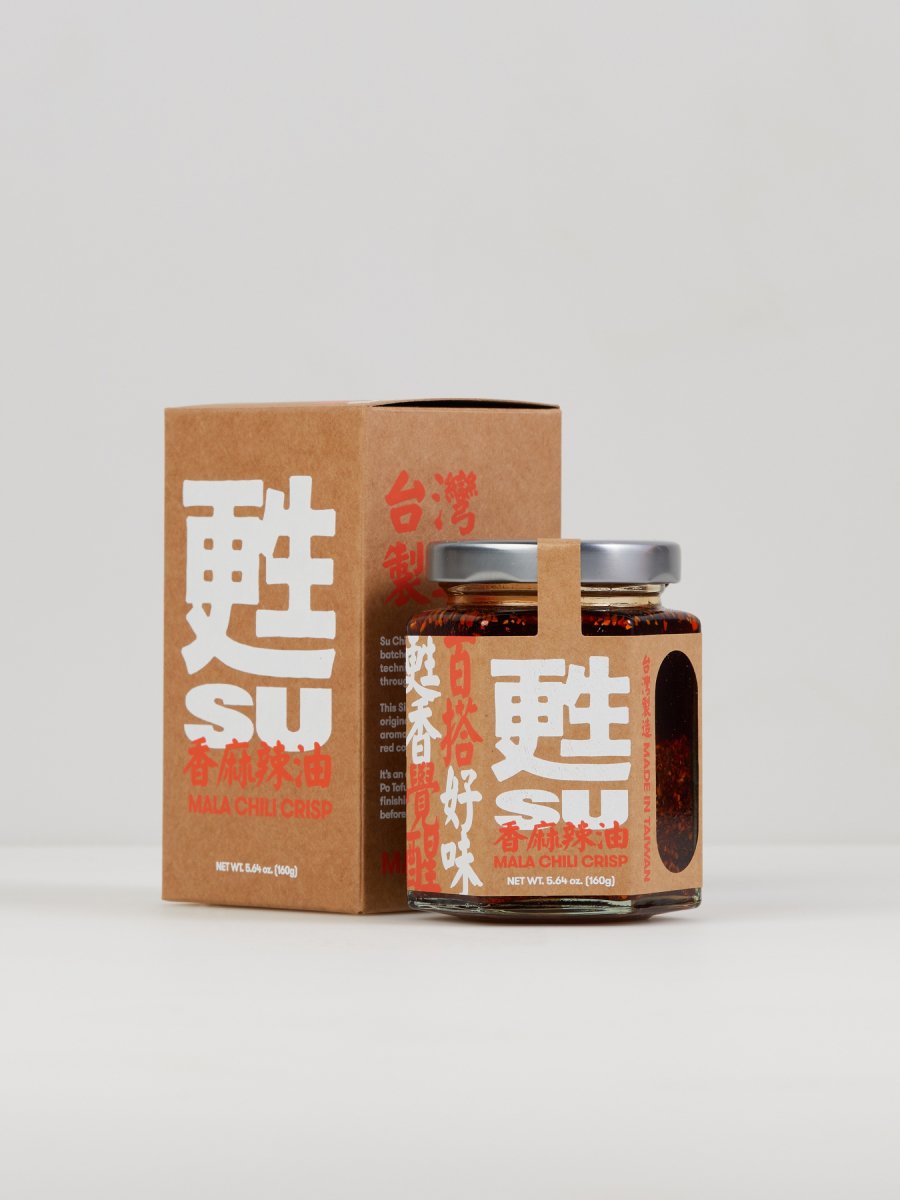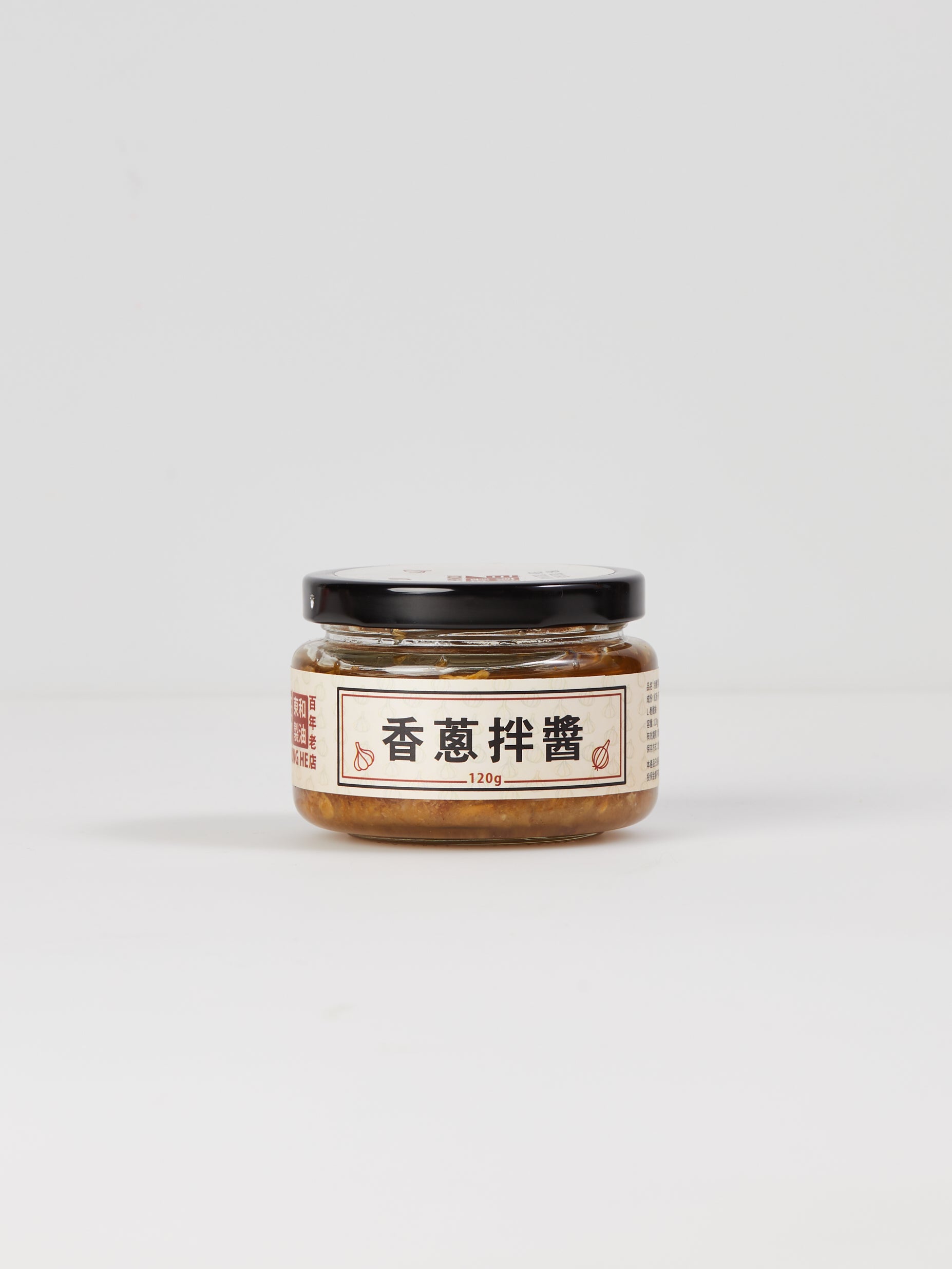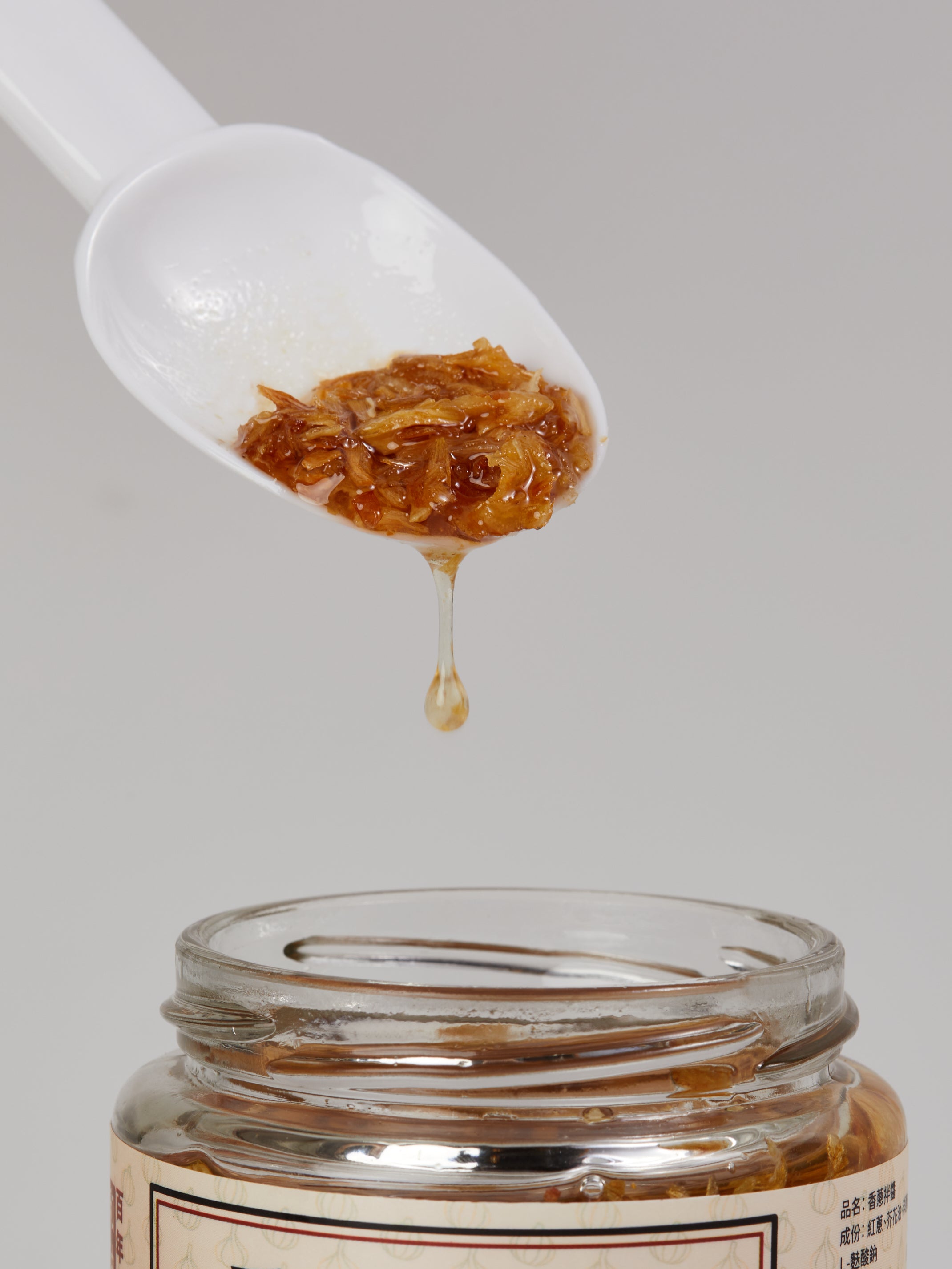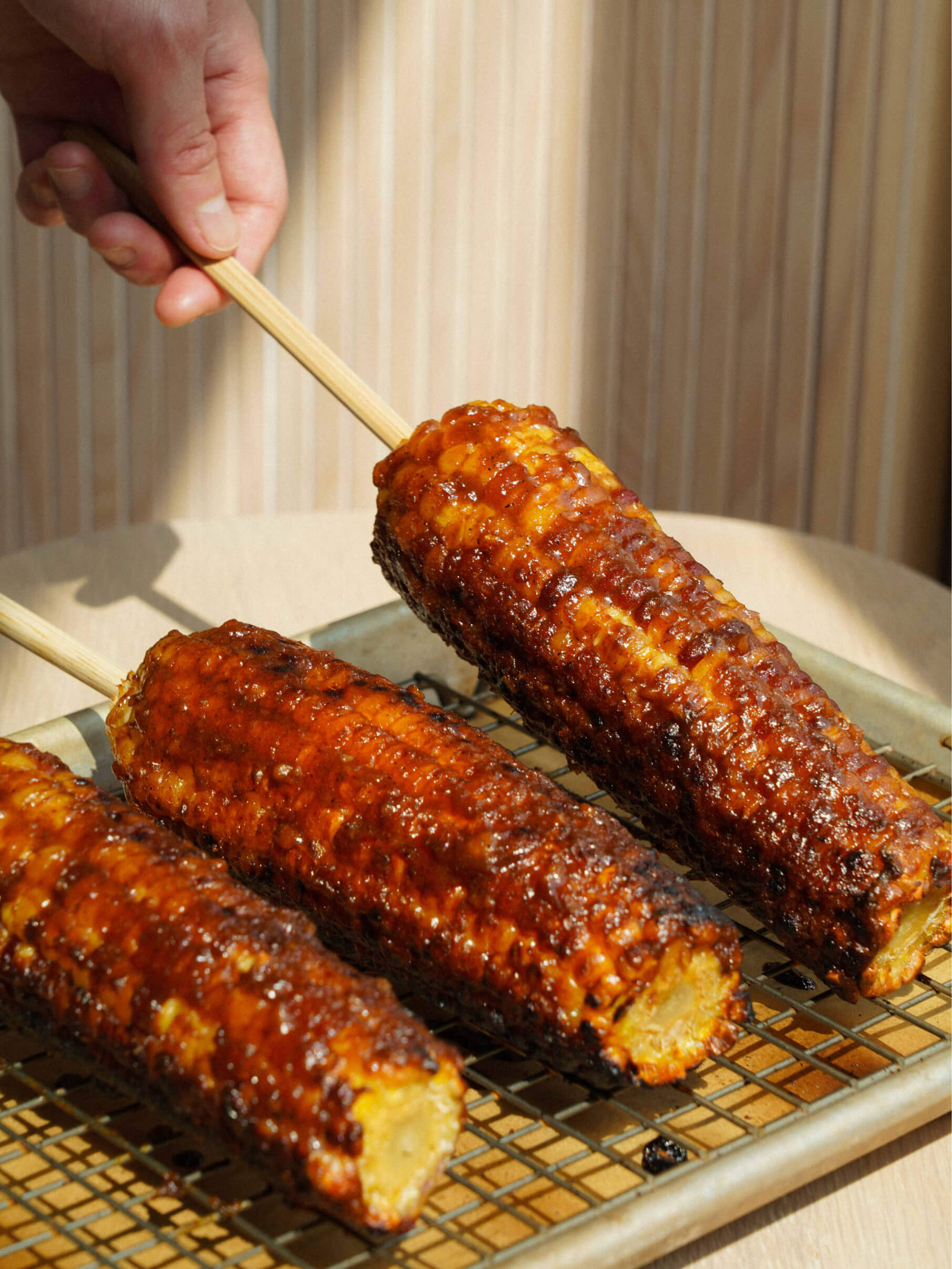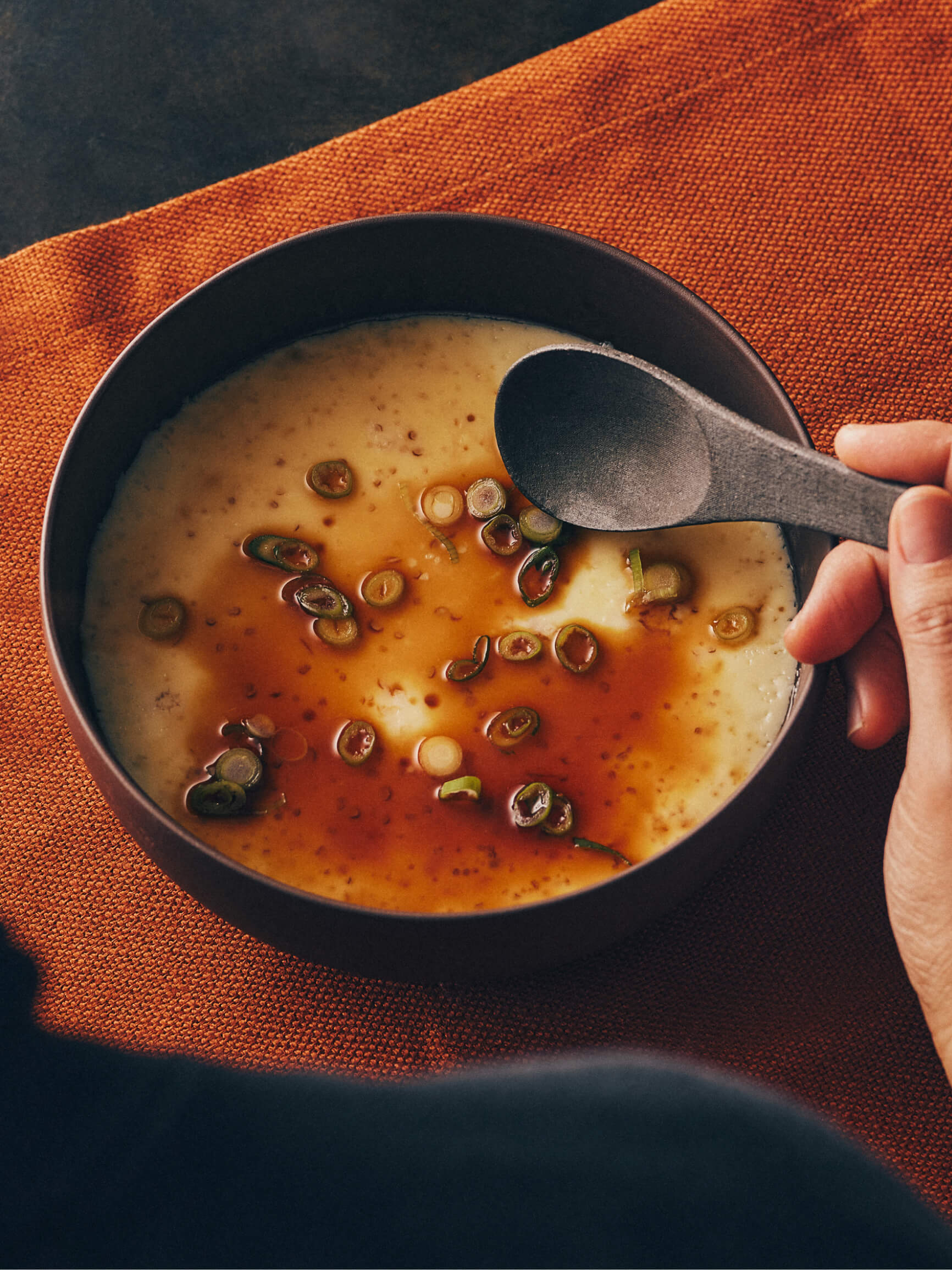This cute, palm-sized box of MSG is the perfect size and format for trying this seasoning for the first time or keeping on hand for everyday cooking.
Its retro red-and-gold visage looks as if it were teleported straight from an old school Taiwanese gamadiam, and it was! Ve Wong is one of the most common brands of MSG found in Taiwanese general stores. From stir fries to soups, all you need is a pinch to subtly punch up the savory quality of your dish.
Although MSG has commonly been thought to be unhealthy, we feel strongly about combating this narrative. MSG occurs naturally in many foods, like tomatoes, parmesan cheese, soy sauce, and shiitake mushrooms. The powdered version is made by fermenting cane molasses and tapioca starch, and is placed into the same safety category as salt and probiotics by the US FDA. Read more about it below.
That said, we'd really stress not to use too much, not because it will give you a headache, but because it might overpower the more subtle flavors of your dish.
It comes packed into an easy-to-use plastic bag. To store, simply keep the plastic bag inside the box and clip or tape it closed.
Buy a single box to experiment with or a pack of three to make sure you're stocked for a while. Not only will it look great on your kitchen counter, but it'll also taste great in your cooking.
MSG in Taiwan
Legacy Taiwanese food manufacturer Ve Wong 味王 (which translates aptly to "king of flavor") has been making this MSG since 1959. Likely designed to mimic the Ajinomoto brand's original MSG tins, the ornately patterned box evokes the aesthetic sensibility of postwar Taiwan, when MSG experienced its golden years in the world of Taiwanese gastronomy.
Created in Japan, MSG was first introduced to Taiwan during the Japanese colonial period. It wasn't until after World War II that Taiwan began manufacturing its own MSG, especially as MSG began to enjoy widespread use in home kitchens and in restaurants. In the 80s, Taiwan even became the world's leading exporter of the seasoning.
Though MSG may not be as popularly used in Taiwan now as it was back then, it remains a historically important ingredient in Taiwanese cooking.
Addressing MSG Misinformation
Beginning in the late 1960s, fearmongering in the US around "Chinese Restaurant Syndrome"—adverse symptoms allegedly linked to ingredients, like MSG, found in Chinese restaurant cooking—led to disproportionate backlash against Chinese restaurants across the US, even though the same ingredient was used in other restaurants and in processed foods like chips and sauces. This has since come to be seen as a form of systemic food racism, as the claim was supported by US publications without proper peer review or testing.
The myth of MSG being a harmful additive eventually circulated globally, causing MSG to fall in popularity. Even Taiwan, who was once MSG's biggest exporter, experienced a decline in domestic sales following widespread health concerns around consuming it. In recent times, there's been a resurgence of embracing this misunderstood ingredient. For example, it's used by some Buddhists in Taiwan to add richness to their traditional vegetarian cooking.
There is
no definitive proof of the existence of MSG sensitivity, and many government organizations, including the
American and
Taiwanese FDAs, list MSG as generally safe for consumption.
Tasting Notes and Usage
100% umami shards
Use sparingly as a flavor enhancer to intensify the savoriness or meatiness of your soups and stews, stir-fries, braises, or anything else you’re looking to zhuzh up. We love it in stir-fried kong xin cai 空心菜, dry noodles, and steamed egg.
Ingredients and Instructions
Pure monosodium L-glutamate
Store at room temperature. After opening, keep away from high heat and high humidity.
A Note on Place of Manufacture
Ve Wong operates MSG production facilities in Taiwan and other Southeast Asian countries. This particular pack size of MSG is produced in a Ve Wong-owned factory in Thailand.
While we exist to promote as many made-in-Taiwan products as possible, we also recognize that a number of beloved Taiwanese brands produce across multiple countries.
Because our ultimate goal is to bring attention to the stories behind Taiwanese foodways, when relevant, we choose to include these products for their heritage and importance to Taiwanese cuisine.
Specifications and Dimensions
Net Weight: 3.5 oz / 100 g
Box Dimensions: 3.8” L x 2.5" W x 1.3" H / 9.7 cm L x 6.4 cm W x 3.3 cm H
















